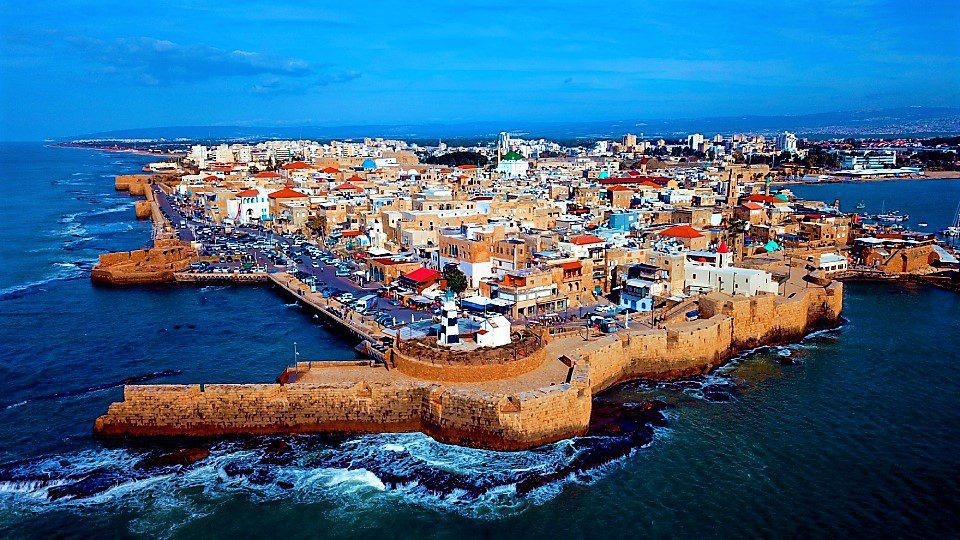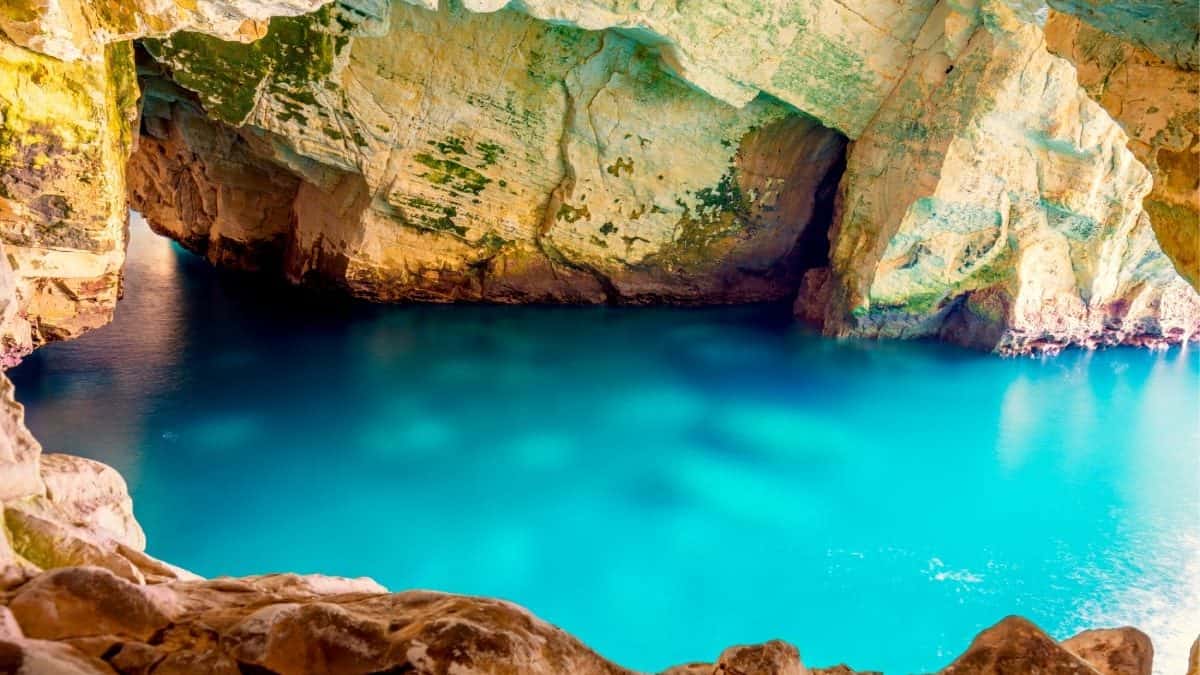Welcome to Acre Port! A coastal gem on the Mediterranean that’s steeped in history and charm. One of the city’s crown jewels is its ancient port, where the echoes of centuries past reverberate in every cobblestone and salt-laden breeze. As you set foot in this maritime wonder, prepare to embark on a captivating journey through time.
A Rich Maritime Legacy: Acre’s port has a history that stretches back to the Phoenicians and Greeks, making it a living testament to the ancient Mediterranean’s bustling trade routes. This port was a bridge between cultures, where merchants from distant lands converged to exchange goods, ideas, and stories.
Acre Ultimate Guide

Crusader Glory: During the Crusader era, Acre’s port reached its zenith. It served as the gateway for European Crusaders on their way to the Holy Land, and its fortifications, including the Hospitaller Fortress and Templars’ Tunnel, still remind us of that epic chapter in history.
Israel Northern Sea Shore Tour

UNESCO World Heritage Site: You’ll be treading on hallowed ground as you explore the ancient port, part of Acre’s UNESCO World Heritage Site. This accolade speaks to the city’s cultural and historical significance, and you’ll discover why.
A Living Port: Acre’s port is still alive today. It’s a hub for fishing, providing fresh catches to local markets and delectable seafood to your plate. Commercial cargo and trade activities continue to thrive, connecting Acre to the wider world.
Acre Pot is A Tourist’s Paradise:
Prepare to be enchanted by the port’s allure. Stroll along the picturesque promenade, where the Mediterranean’s azure waves meet the city’s ancient walls. Take panoramic views, explore museums that bring history to life, and savor the cultural events showcasing Acre’s maritime heritage.
A Cultural Mosaic: Acre is more than a port; it’s a crossroads of cultures and religions. Its diverse population has left an indelible mark on the city’s character, evident in its architecture, traditions, and cuisine.
Churches in Old Acre
Time Travel Beckons: The ancient port of Acre is where history is not confined to books but lives and breathes in the very stones beneath your feet. It’s where the past whispers to the present and invites you to become part of its enduring story.
So, whether you’re a history enthusiast, a seafood fan, or a curious traveler, Acre’s ancient port has something extraordinary in store for you. Step ashore and let the waves of history carry you on a journey through time you’ll never forget. Welcome to Acre’s ancient maritime treasure.







